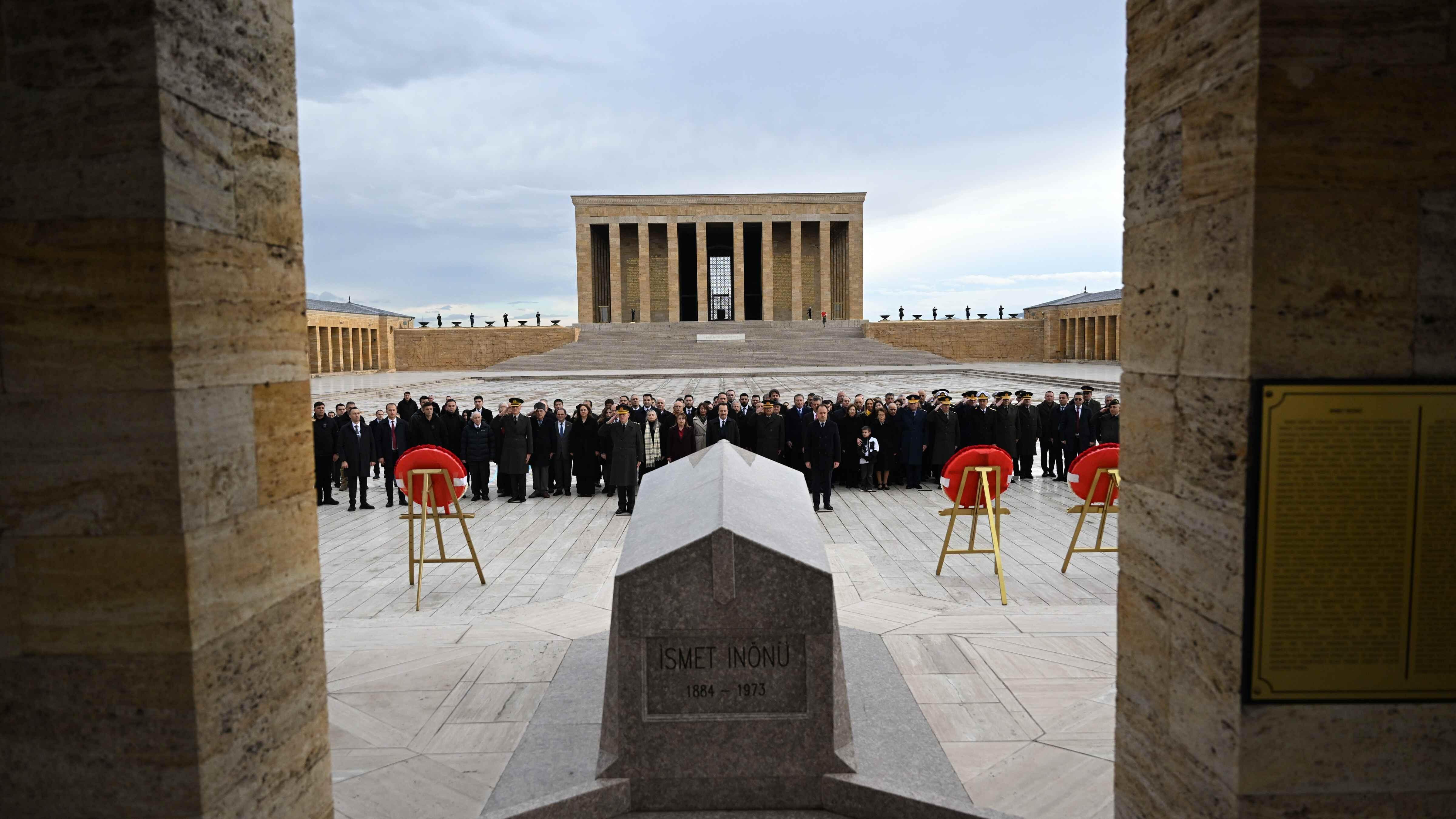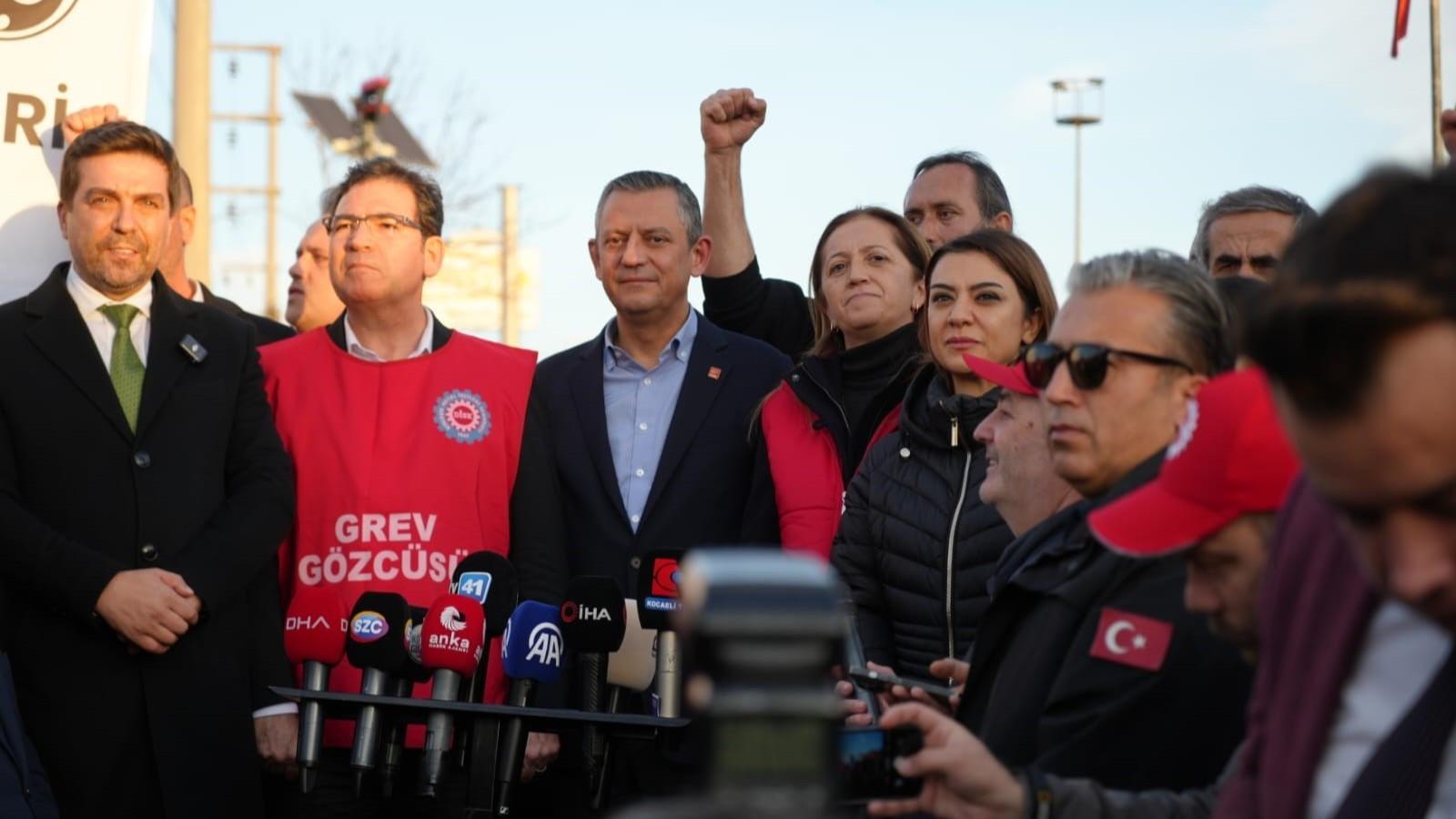Receiving foreign ambassadors at the Ottoman court
Hürriyet Daily News

Because these ambassadorial receptions were so important at the Ottoman Empire, a Department of Ceremonies was set up during the reign of Kanuni Suleyman I from 1520 to 1566.
Today a foreign ambassador comes to Turkey and presents his credentials to the president. The ceremony, such as it is, is low key and quickly over. Not so among the Ottomans, who used the ceremonial reception as a means of demonstrating the might and wealth of the Ottoman Empire.Because these ambassadorial receptions were so important, a Department of Ceremonies was set up during the reign of Kanuni Suleyman I from 1520 to 1566. Although there were rules laid down for the conduct of such ceremonies, these were expanded as the Empire grew. An official was appointed to take charge of the office and be responsible for the proper organization of the ceremonies. A number of assistants and junior officers made up the staff of the office. And we learn many of the details of these ceremonies because the Ottomans kept meticulously detailed registers that contain information about when the ceremony was held, who was presented to the sultan and who attended the occasion, what gifts were presented to the sultan or given by the sultan, fabrics purchased and banquet expenditures.
Of particular importance where foreign correspondence and foreign ambassadors were concerned were the interpreters. The latter were professionals that handled the translations of correspondence and petitions as well as speeches delivered at meetings. The chief translator was responsible for receiving foreign ambassadors when they arrived in addition to translating for the grand vizier and the sultan.

Upon being notified that an ambassador would be received at Topkapı Palace, the ambassador and his retinue would be escorted to the palace and into the second courtyard. Such a reception was often scheduled on a day when the quarterly payment of wages to the Janissary corps was being held in order to show the foreigners how powerful and wealthy the Ottomans were.
Baron W. Wratislaw was part of the retinue of Austrian Ambassador Frederick von Kregwitz, who was sent in 1591 to the Ottoman court from Vienna to extend a treaty of peace between the two empires and to offer the annual tribute. Although very young, he was a keen observer of people and events while in Istanbul, including the reception for the ambassador.
“On December 8, His Excellency Ambassador Mr. von Kregwitz placed 4,500 gold pieces in coaches and sent them to the palace with the embassy’s translator. Towards ten on the same day, the two ambassadors [the resident ambassador and the ambassador leading the group from Vienna] mounted their horses and set out for the palace with men carrying silver trays and clocks in front and according to custom. When they reached the outer gate, it was seen that there were armed soldiers called bostancı lined up in a hundred rows. These soldiers were like the private security guards of the Empire,” Wratislaw wrote in an account of the day.
“When we entered the first courtyard of the palace, we found beautiful buildings. Among these were the workshops of the palace craftsmen just as it is in the palace in Prague. When we reached the other side of the courtyard, we saw a number of soldiers who resembled those at the gate were in a more respectful posture. Here one had to dismount because one is not permitted to enter the third courtyard where the sultan resides on horseback and even the greatest government official enters the palace on foot after dismounting in the second courtyard,” Wratislaw wrote.
Two pashas meet ambassadors
After the ambassadors dismounted, they were met by two pashas who welcomed them and directed them to the reception salon. Ambassador von Kregwitz then told the Council of State what he intended to say to the sultan. The two pashas then went off to tell the sultan, Sultan Murad III, that the ambassador had arrived.
There were, according to Wratislaw, hundreds and maybe thousands of soldiers waiting in the second courtyard. “In spite of there being thousands of men there, there was no conversation, nor any whispering and no movement such as coming and going. This condition astonished us. It seemed to show a greater and deeper respect than that shown to their commanders by the Janissaries who are rough and bad-tempered on the battlefield or by children towards their teachers. Each one of them was like a statue made of marble.”
While the Austrian group waited to be admitted, the Janissaries took the gifts that had been brought and took them to the Audience Chamber to show to the sultan. The ambassadors were asked whether or not they were carrying weapons and when they answered in the negative, the soldiers took hold of their arms and took them into the room where the sultan was seated. [A number of miniatures show how the arms of every foreign ambassador were secured. This was done because the guards around Sultan Murad I negligently allowed a Serbian captive to get close enough to stab the sultan to death.] The ambassadors then greeted the sultan and bowed so low as to almost touch the ground. They addressed the sultan and handed over their credentials before kissing his hand. Wratislaw admits that he was so fascinated by the sultan that he barely looked around the chamber; however, he did notice that it was beautiful and decorated with jewels.
The last step after seeing the sultan was eating with the grand vizier in a room especially set aside for such meetings, next to where the sultan’s council (divan) would hold its sessions. Wratislaw further notes that there were no knives and no wine served but he really liked what he calls Arab sherbet, which seemed to him to have been made with sugar and lemon. After about half an hour they then departed the same way they had come in.
Protocol differences
Protocol in general was quite strict, but it seems that there were some differences. For instance, the ambassador would be given a valuable robe and it was mandatory that he wear this or otherwise he would not be able to advance further. The gifts that he brought for the sultan would sometimes be put on display right inside the Audience Chamber. This small building, directly opposite the entrance to the Third Courtyard, was built during the reign of Fatih Sultan Mehmed as a meeting place. Not only were ambassadors received here, but the grand vizier and members of the Council of State and religious figures. Over the centuries the building suffered from earthquakes and fire so today, although it has been restored, it is no longer as magnificent as it once was.
The various sultans saw this as a portal between their private quarters and the outside world. The throne on which the sultan would sit is about half a meter in height and would have been covered with carpets and other draperies and pillows, which would have been decorated with valuable jewels. In a side note, it is said that the draperies would be changed in accordance with the importance of the ambassador.
















